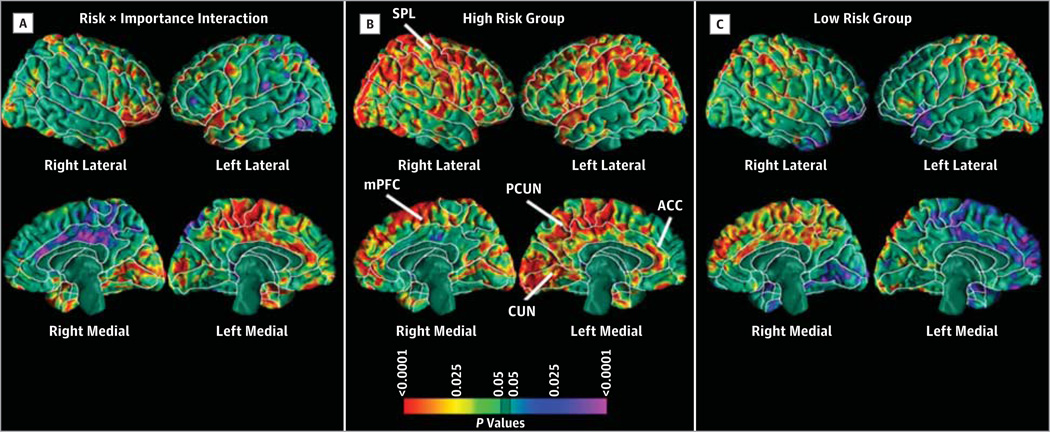Figure 3. Differing Effects of Religious and Spiritual Importance in the High-Compared With Low-Risk Group.
The interaction map of familial risk by religious importance at 25 years (T25) shows differing effects of religious importance on cortical thickness in the high-compared with low-risk group across the orbital frontal cortex and the mesial left and right hemispheres. In the 67 high-risk adults, bilateral increases in cortical thickness across the entire brain were associated with higher importance for religion at T25. In the 36 low-risk adults, thinning in the orbital frontal cortex and mesial left hemisphere and thickening in the right mesial hemisphere were associated with high importance for religion. We applied the false discovery rate to correct for multiple comparisons. P values were color encoded and plotted on the surface of the brain. ACC indicates anterior cingulate cortex; CUN, cuneus; mPFC, mesial prefrontal cortex; PCUN, precuneus; SPL, superior parietal lobe.

